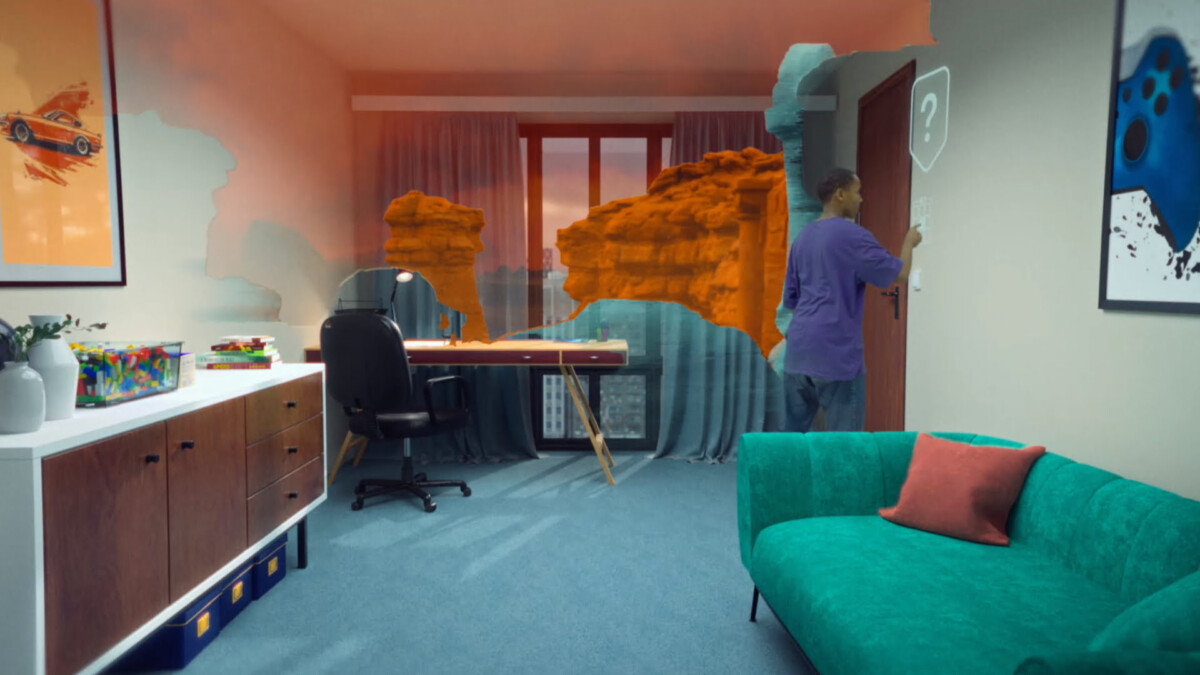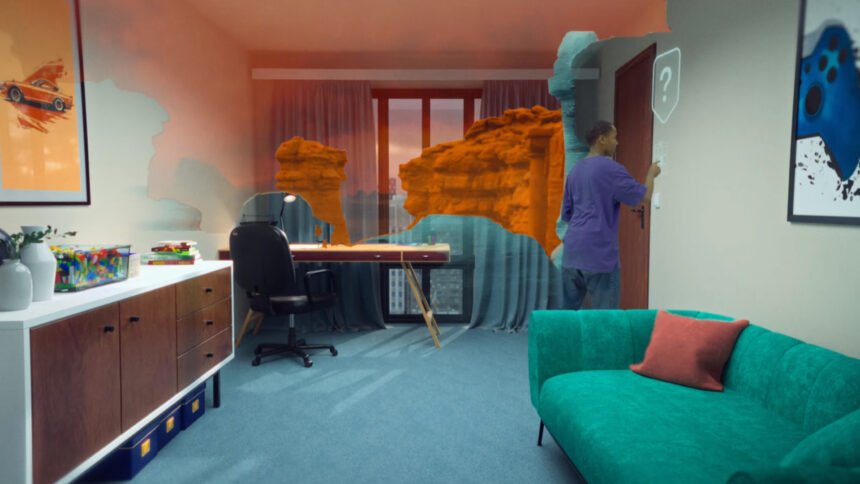SyncReality wants to create "house-sized" VR gaming spaces for Quest 2

SyncReality wants to merge physical and virtual reality. Will digital boundaries become obsolete in virtual reality?
The Berlin-based company SyncReality aims to reduce digital security limitations in XR environments with a developer tool. How? With automatic and individual adaptation of the virtual environment to physical rooms and furnishings. This turns the living room into a digital playground for AR and VR games. All this without the need for modern safety systems like guardian boundaries.
When the home becomes an XR playground
“In a market with plenty of tools, we saw a gap for developers and creators because we are creators, ourselves. With our auto-adaptive design tool, SyncReality empowers developers to create seamless experiences for end-users, enabling them to stroll confidently through and interact intuitively with any virtual realm,” explains SyncReality CEO and founder Cyril Tuschi.

The SyncReality XR tool is designed to align virtual and physical worlds. | Image: SyncReality
SyncReality wants to enable users to create a digital double for any object in the physical environment through volumetric spatial mapping. In other words, the virtual world adapts to the real world. In a VR environment, the home office could become a sci-fi lab or a simple stool could become an ammunition box. Groundbreaking AR games already explore features like this.
The adaptation supposedly takes place automatically and in real time. The scanned surfaces supposedly provide haptic feedback and thus feel correspondingly real. By seamlessly linking multiple rooms, SyncReality aims to enable "house-sized" play areas. In a video, SyncReality shows a vision of the future in which an entire home is digitized and transformed into a VR game.
Video: SynchReality
SyncReality plans to enhance its XR design tool
An alpha version of the tool will soon be released as a Unity plug-in and will also support the Meta Quest 2 and Meta Quest Pro VR headset. The company has big plans for the next iteration of the tool. An asset tool will enable platform-independent, elastic, and parametric assets and experiences.
An AI-powered room simulator for test environments and a marketplace for exchanging and selling virtual assets are also in the works. In addition, there will be an Unreal port and Creator Tool for users without development skills. SyncReality is currently exhibiting at the Augmented World Expo in Lisbon, Portugal.
Note: Links to online stores in articles can be so-called affiliate links. If you buy through this link, MIXED receives a commission from the provider. For you the price does not change.